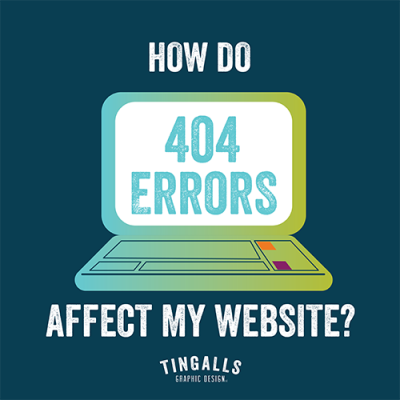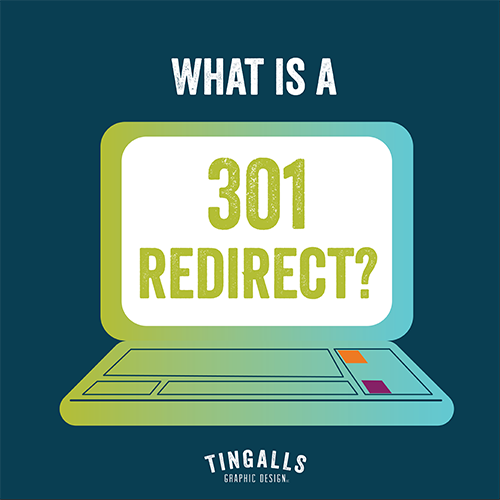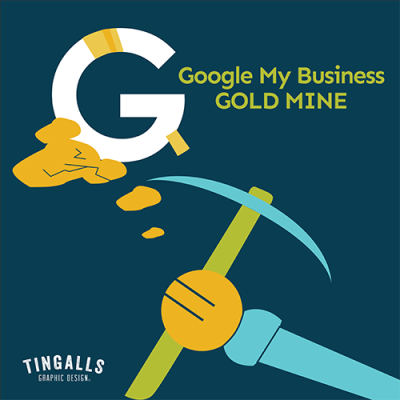Yes, Google Can Hear You Now!
 There are a lot of reasons to embrace online video marketing. It’s affordable, engaging, and can lead to explosive results in your social media marketing campaigns. There are even some signs that using video clips for introductions, product demonstrations, and testimonials can double or triple the response you get from a landing page.
There are a lot of reasons to embrace online video marketing. It’s affordable, engaging, and can lead to explosive results in your social media marketing campaigns. There are even some signs that using video clips for introductions, product demonstrations, and testimonials can double or triple the response you get from a landing page.
Now, things have gotten even better. That’s because Google has the ability to crawl online videos and incorporate them into search engine results in a way that it couldn’t before. To see how this happened, and why it’s so important, here are a few things you should know…
How Video and SEO Used to Work Together
Until very recently, Google essentially treated online videos the same way it would images. That is, a keyed in on the identifying text around the video, but didn’t pay any attention to the content of a clip itself. Search engine spiders couldn’t “watch” clips, so trying to understand them wasn’t really a valuable exercise.
That led to a situation where marketers knew they needed to use clips to engage humans, but had to resort to all kinds of title optimization and keyword stuffing within video descriptions to engage Google’s automated software. That’s no longer the case.
Does Google Really Watch Your Clips?
To be clear, Google doesn’t use artificial intelligence to actually “watch” your online video clips. What it can do, however, is use advanced algorithms to transcribe your online videos and assess them for content the same way it would a paragraph of text.
In the same way Google would do all your blog post searching for keywords and related phrases, it will now download the wording from your video (including captions and on-screen titles) to see which subjects and topics apply to your clip. Then, it can properly list your video and its search results, as well as using the content as another marker for building the authority and relevance of your website as a whole.
Optimizing Video for SEO Now
With this change in the way Google assesses online videos, marketers should undertake a new set of best practices. The first is to make their videos as easy as possible for Google to transcribe. Without going overboard, we encourage content creators to speak slowly and clearly so their voices can be well understood. When appropriate, use on-screen titles and captions to highlight major themes.
Additionally, it’s important not to forget everything you’ve learned about search engine optimization for video titles and descriptions so far. You don’t want to go overboard and trigger Google spam filters, but make sure the terms and phrases you need to rank for are included in the text surrounding your video. While these aren’t the only search signals Google pays attention to anymore, they do still factor into the equation.
If you’d like to learn more about results you could get from adding clips to your own website and social media profiles, please reach out to our team today. We’ll be happy to show you how easy and affordable it is to make video a part of your online marketing plan.



